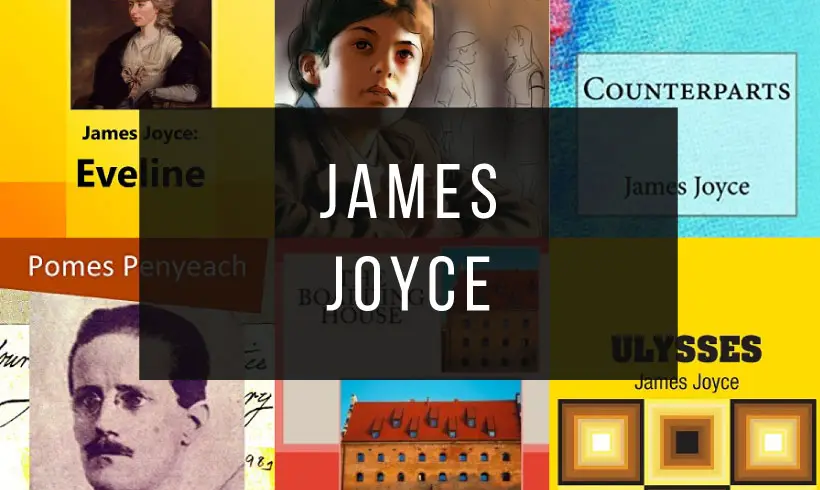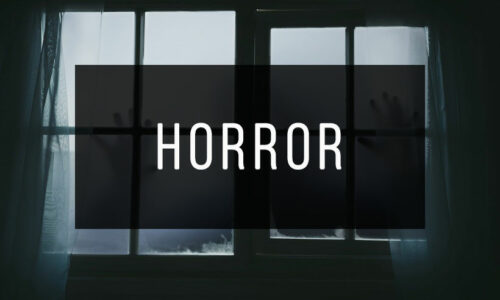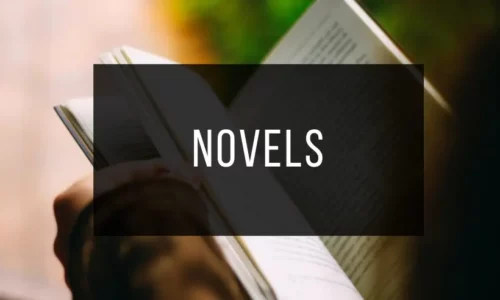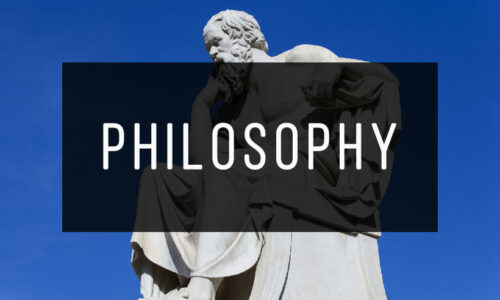James Augustine Aloysius Joyce, was born on February 2, 1882 in Dublin, Ireland. He was the eldest of ten children who survived childhood, sent at the age of six to Clongowes Wood College, a Jesuit boarding school. But his father neglected his affairs and his family sank deeper and deeper into poverty.
Joyce did not return to Clongowes in 1891; he stayed at home for the next two years and tried to educate himself. In April 1893, he and his brother Stanislaus were admitted, without fees, to Belvedere College, a Jesuit elementary school in Dublin.
He entered University College Dublin, where he studied and graduated with «second class honors in Latin» on October 31, 1902.
An admirer of Henrik Ibsen, he learned to read the original Dano-Norwegian and published an article, «Ibsen’s New Drama», a review of the play «When We Dead Awaken», published in the London Fortnightly Review in 1900, just after his 18th birthday. This early success confirmed Joyce in his decision to become a writer.
He wrote verse and experimented with short prose passages he called “epiphanies”. To support himself while writing, he decided to become a doctor, but borrowed what money he could and went to Paris, where he abandoned the idea of medicine, wrote some book reviews, and studied at the Bibliothèque Sainte-Geneviève.
In April 1903 he was called home because his mother was dying. He tried various occupations, including teaching, and lived in various domiciles.
Joyce began writing the stories published as Dubliners under the pseudonym Stephen Dedalus, before the publisher decided that Joyce’s work was not suitable for his readers.
Joyce had met Nora Barnacle in June 1904; they probably had their first date on June 16, a day he chose as what became known as “Bloomsday” (the day of his novel Ulysses). Eventually, he convinced her to leave Ireland with him without marrying. They left Dublin in October 1904.
Joyce obtained a position at the Berlitz School in Pola, Austria-Hungary, and worked in his spare time on his novel and short stories. In 1905 they moved to Trieste, where their children, Giorgio and Lucia, were born. In 1906-07, for eight months, he worked in a bank in Rome.
When Italy declared war in 1915, James and his family were able to go to Zurich. While tutoring English and working on the first chapters of Ulysses, his financial difficulties were great. He was helped by a major grant from Edith Rockefeller McCormick, and a series of grants from Harriet Shaw Weaver, editor of Egoist magazine.
Unable to find an English printer for the publication of «A Portrait of the Artist as a Young Man», Weaver published it herself. Encouraged by the acclaim it received, in March 1918, the American Little Review began publishing episodes of Ulysses, until the work was banned in December 1920.
After the fall of France in World War II (1940), Joyce took his family back to Zurich, where he died, still disappointed by the reception of his last book.
1) Eveline
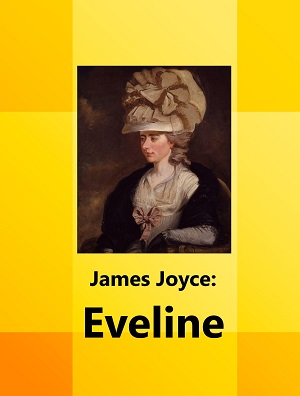
It is a short story first published in 1904 by the Irish Homestead magazine. It tells the story of Eveline, a 19-year-old girl who plans to leave Dublin for Buenos Aires with her lover, a sailor named Frank.
Our young protagonist evaluates different aspects of her life before leaving to meet her lover: she has little loyalty for her job as a saleswoman, before her mother died she promised her to take care of the house, one of her brothers has also died and the other one is on the road, besides she fears that her father will beat her as he used to do with her brothers.
Finally being at the dock where she and Frank are about to embark Eveline makes the painful decision to not travel with him, as she feels deeply conflicted.
2) Araby
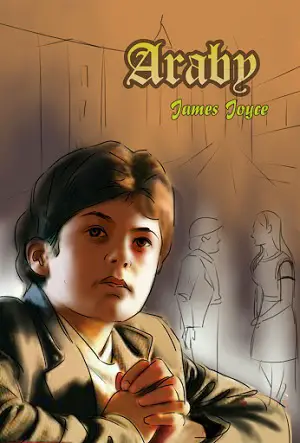
Araby is a short story published in the 1914 Dubliners collection. At the beginning the narrator of the story tells us about the life of the inhabitants of North Richmond Street, and then moves on to the story of his crush on his friend Mangan's sister.
It also touches on other themes such as coming of age, the clash of imagination with reality, the consequences of idealization, the influence of the Catholic Church so that desire and sensuality are considered immoral, and so on.
The young man cannot wait to go to the Araby bazaar and to procure for his beloved some gift that will make her feel affection. This story presents us with a circular journey, in which the protagonist decides to return to the place where he started his journey, having an unsuccessful outcome.
3) Clay
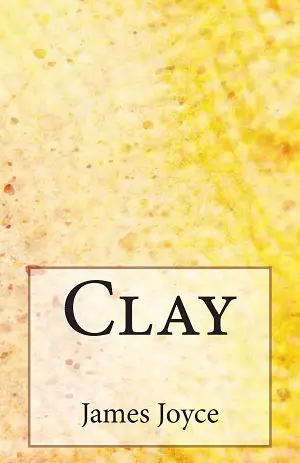
Clay is a short story published in the 1914 Dubliners collection. It deals with the reflections of Maria, an elderly single woman during the course of her day.
The old woman is on her way to spend a night's vacation at the home of Joe, a man she cared for as a child and is still very fond of. When she arrives at Joe's house, she is warmly welcomed.
She sets out to play a game with the children in which objects (with supposed prophetic significance) are placed in saucers and a blindfolded player has to choose between them. The old woman does not choose the ring - representing marriage - and instead chooses a lump of clay, is allowed to choose again and picks up the prayer book, indicating a life of spiritual vocation.
4) After the Race
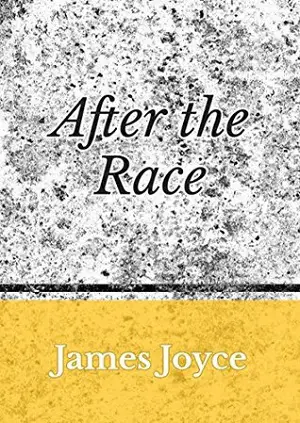
In After the Race, the protagonist Jimmy Doyle travels to Dublin with his wealthy friend Charles Ségouin; André Rivière, Ségouin's cousin; and Villona, a Hungarian pianist. Back in Dublin, Jimmy enjoys the notoriety of being surrounded and seen with such glamorous company and in a very luxurious car.
Later, while dining, they are joined by an Englishman, Routh, and engage in a conversation about politics. Jimmy, speaking of Irish-English relations, provokes an angry response from the Englishman, but Ségouin deflects his attention with a toast.
Later, an American named Farley invites them to his yacht. Jimmy, very drunk, plays game after game of cards, losing more and more money, with Routh as the winner. Which can be seen as a way for our protagonist to try to enter cosmopolitan society and make a place for himself on equal terms, but he ends up failing.
5) Counterparts
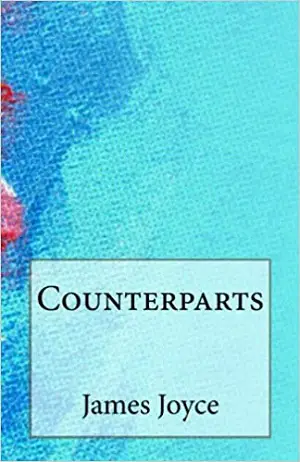
Counterparts, is a short story that introduces us to a night in the life of Farrington, an alcoholic scrivener who is unsuccessful in his professional life. While at work his boss, Mr. Alleyne, reprimands him for not finishing a job, as Farrington instead of getting to it immediately, sneaks out of the office for a glass of beer.
Subsequently, his boss reprimands him again, to which Farrington responds with a flippant comment and has to apologize. After work, Farrington pawns his watch chain for money and goes drinking with his friends.
Upon returning home he tells his youngest son to cook dinner, but when the boy lets the kitchen fire go out, the man’s rage explodes and he begins beating the kid with a cane. The title may be due to the fact that Farrington is seen to be the counterpart of his boss, as he (Farrington) abuses his son just as Mr. Alleyne abuses him in the office.
6) Pomes Penyeach
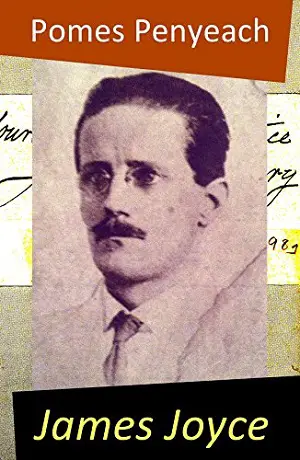
Pomes Penyeach is a collection of short poems that was written over 20 years, from 1904 to 1924, and first published in 1927. Some of the poems continue to appear in anthologies to this day, such as: A Flower Given to My Daughter, On the Beach at Fontana, Tilly and Bahnhofstrasse. Other poems included are: She Weeps over Rahoon, Nightpiece, A Memory of the Players in a Mirror at Midnight.
It is worth mentioning that this collection contains several Joycean neologisms (moongrey, for example) created by merging two words into a new compound. It is also important to note that the word love appears thirteen times, which is equivalent to the number of poems included in this collection.
Among the verses we can find references to romantic love, ranging from sentimentality or nostalgia, to scathing, also achieving a sense of vitality and loving compassion.
7) The Boarding House
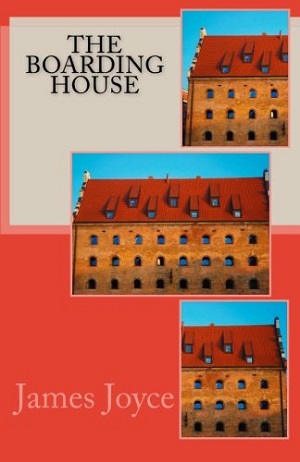
The Boarding House touches on topics such as marriage, social opinion and pressure, the importance of the Catholic Church in the lives of the Irish at the time, among others. The story is told by an unnamed narrator and the reader is given the point of view of two main characters, Mrs. Mooney and Bob Doran.
Mrs. Mooney is a shrewd woman who has set up a boarding house on Hardwicke Street in Dublin, where she resides with her son and daughter Polly, as well as the tenants who stay there.
Mr. Doran is a man in his thirties who during his stay at the boarding house slept with Polly, so Mrs. Mooney feels that he must make amends to her honor by marrying her. Because of this, Bob feels trapped and worried about what he should do and what others will think of him.
8) Ulysses
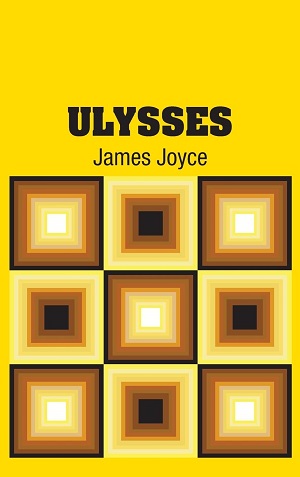
Ulysses narrates the passage through Dublin of its protagonist, Leopold Bloom and Stephen Dedalus. Both, according to some authors and according to the custom of attributing autobiographical elements to literary works, alter egos of the author: Leopold (the old Joyce) and Stephen (the young one), during an ordinary day, June 16, 1904.
Joyce chose that date because it was the day he met for the first time the woman who would later become his partner, Nora Barnacle.
The title alludes to the hero of Homer's Odyssey. There is a whole system of parallels (linguistic, rhetorical and symbolic) between the two works (for example, the correlation between Bloom and Odysseus, as well as that of Stephen Dedalus and Telemachus).


